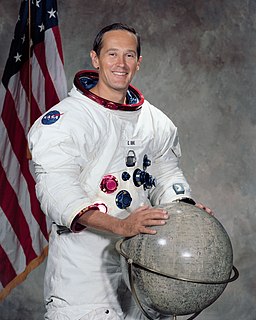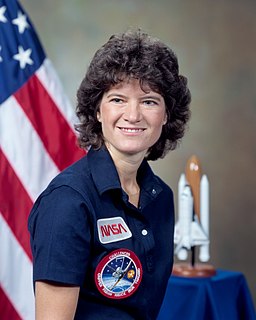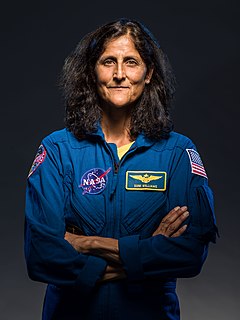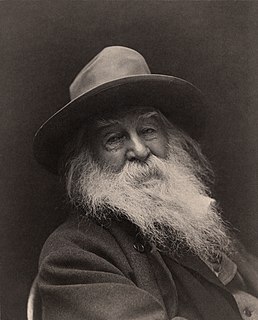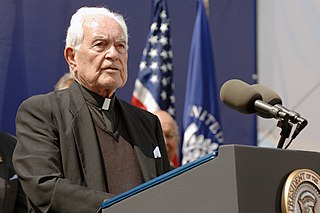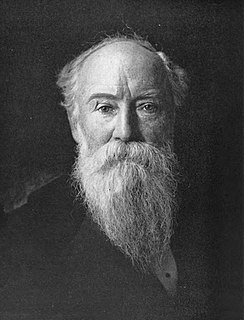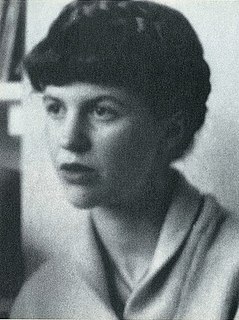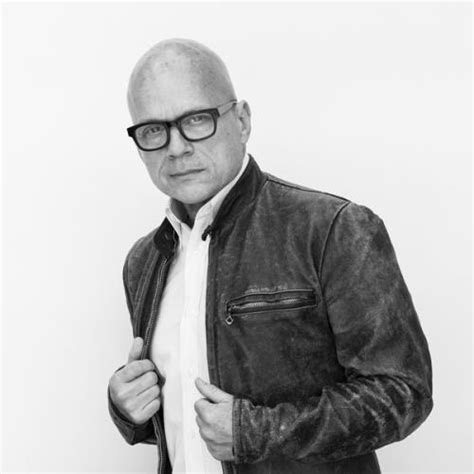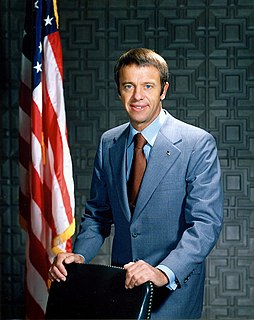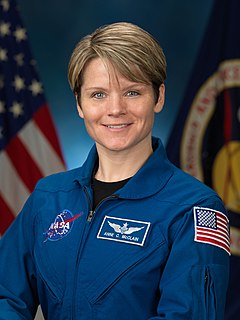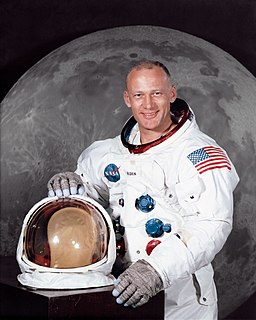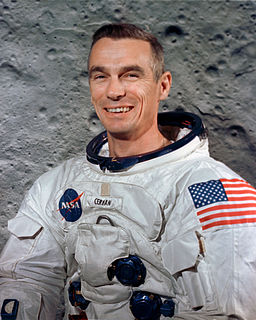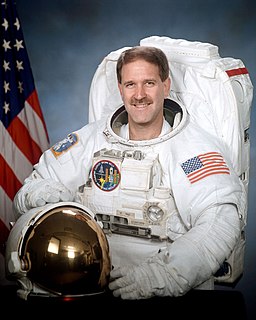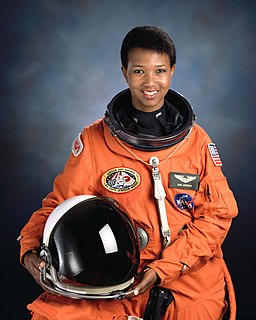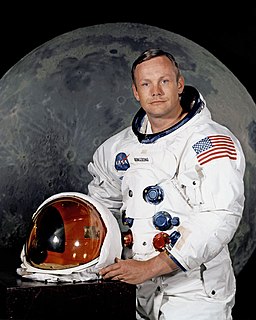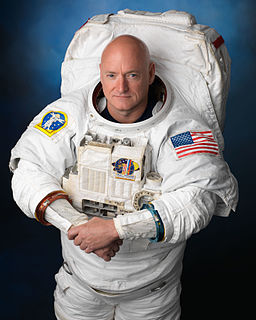A Quote by Charles Duke
I was able to look out the window to see this incredible sight of the whole circle of the Earth. Oceans were crystal blue, the land was brown, and the clouds and the snow were pure white. And that jewel of Earth was just hung up in the blackness of space.
Related Quotes
The view of earth is spectacular from space. Most people imagine that when astronauts look out the window of the shuttle they see the whole earth like that big blue marble that was made famous by the flights that went to the moon. But the shuttle is much, much closer than those astronauts were. So we don't see the whole planet, the whole ball at once, we just see parts of it.
On the second flight, we were doing a lot of science experiments, and we've got a really cool window called the cupola. It's a big, circular window with six panes around, sort of at angles so you can see the Earth, you can see the edge of the Earth, you can go out - look out into the universe. It's pretty spectacular.
Smile O voluptuous coolbreathed earth!
Earth of the slumbering and liquid trees!
Earth of departed sunset! Earth of the mountains misty-topt!
Earth of the vitreous pour of the full moon just tinged with blue!
Earth of shine and dark mottling the tide of the river!
Earth of the limpid gray of clouds brighter and clearer for my sake!
Far-swooping elbowed earth! Rich apple-blossomed earth!
Smile, for your lover comes!
The lyric abstrusities of Auden ring mystically down the circular canals of my ear and it begins to look like snow. The good gray conservative obliterating snow. Smoothing (in one white lacy euphemism after another) out all the black bleak angular unangelic nauseous ugliness of the blasted sterile world: dry buds, shrunken stone houses, dead vertical moving people all all all go under the great white beguiling wave. And come out transformed. Lose yourself in a numb dumb snow-daubed lattice of crystal and come out pure with the white virginal veneer you never had.
The lunar flights give you a correct perception of our existence. You look back at Earth from the moon, and you can put your thumb up to the window and hide the Earth behind your thumb. Everything you've ever known is behind your thumb, and that blue-and-white ball is orbiting a rather normal star, tucked away on the outer edge of a galaxy.
The lunar flights give you a correct perception of our existence. You look back at Earth from the moon, and you can put your thumb up to the window and hide the Earth behind your thumb. Everything youve ever known is behind your thumb, and that blue-and-white ball is orbiting a rather normal star, tucked away on the outer edge of a galaxy.
Because we were orbiting the earth faster than earth spins on its axis, we went around the earth 16 times a day, an earth day, which meant 16 periods of lightness and 16 periods of darkness in 24 hours. Every so often you'd look towards the earth, and often you could see lightness and darkness together, and dawn and sunset were spectacular.
During launch, the outside of the rocket is covered in a protective fairing, so we couldn't see outside, but as soon as that was jettisoned, my first view of the earth was over the Pacific Ocean, which was this wonderful deep blue, with clouds just over the top, and sunlight streaming in through the window.
There was a Yale even before Larry [Kramer] and I got there, and there were three designations of students: "white shoe," "brown shoe," and "black shoe." "White shoe" people were kind of the ur-preppies from high-class backgrounds. "Brown shoe" people were kind of the high school student-council presidents who were snatched up and brushed up a little bit to be sent out into the world. "Black shoe" people were beyond the pale. They were chemistry majors and things like that.
